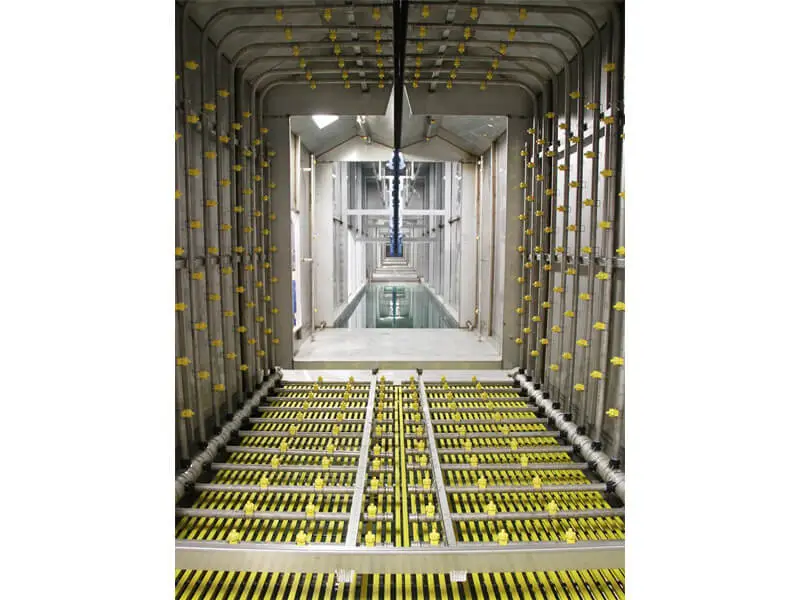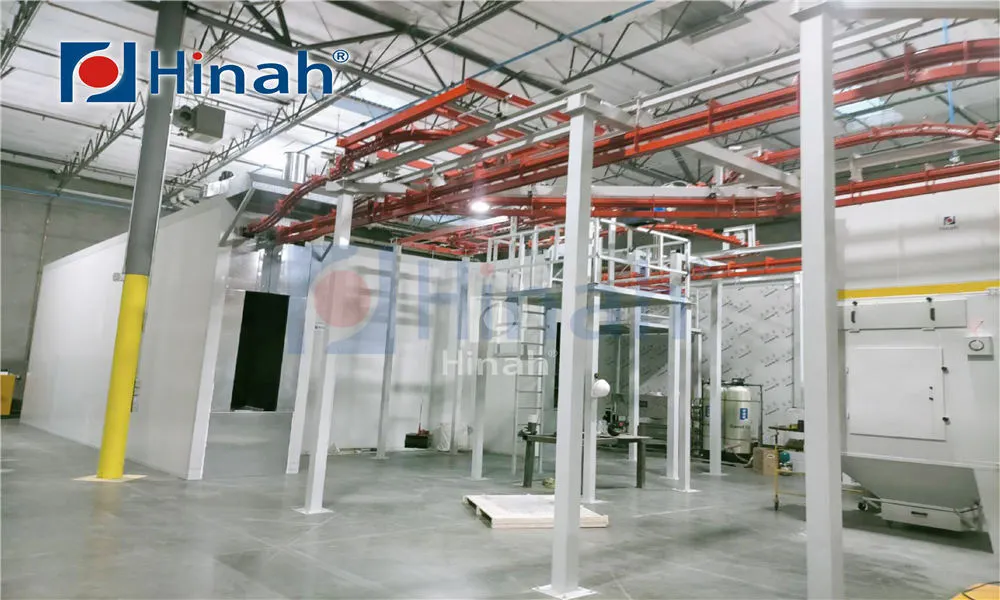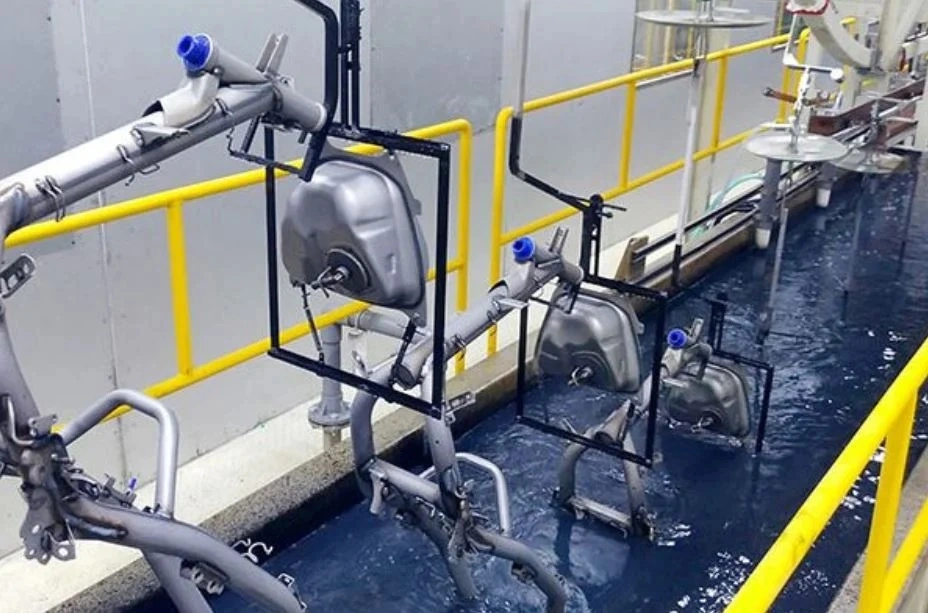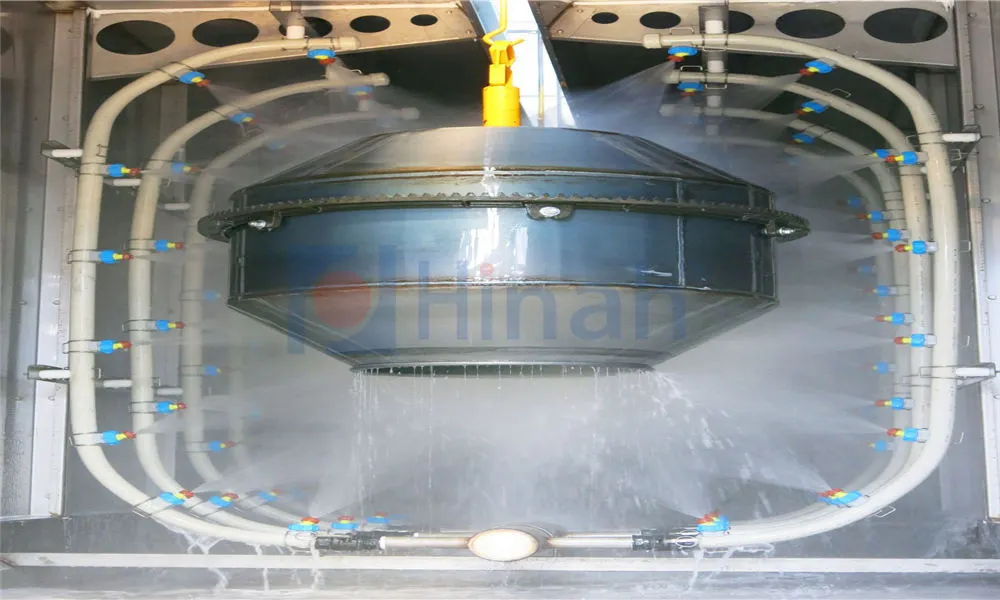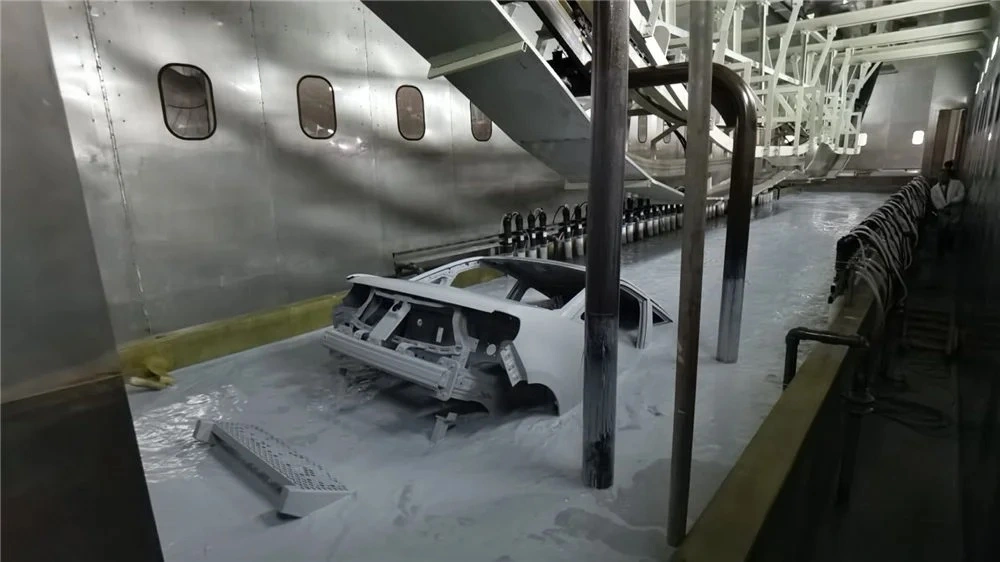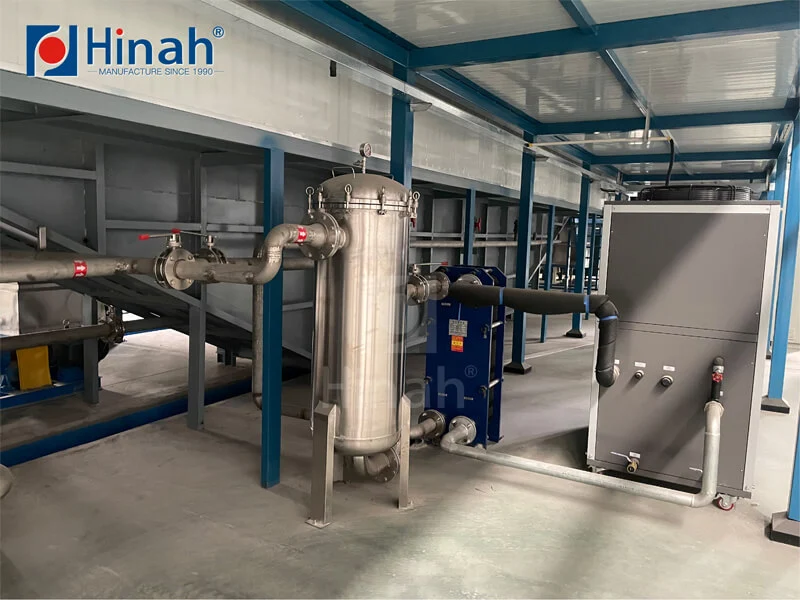If you are exploring powder coating equipment for sale, you are likely aiming to improve your finishing operations, whether you're starting a new line or upgrading an existing one. Selecting the right system is a critical business decision that impacts your product quality, throughput, and bottom line. The market offers everything from individual pieces of industrial powder coating equipment to complete powder coating turnkey system solutions. Navigating these options requires understanding your needs, the technology available, and the suppliers in the market. This article will guide you through the key considerations for choosing the right equipment and partner, ensuring you make a smart, informed investment.
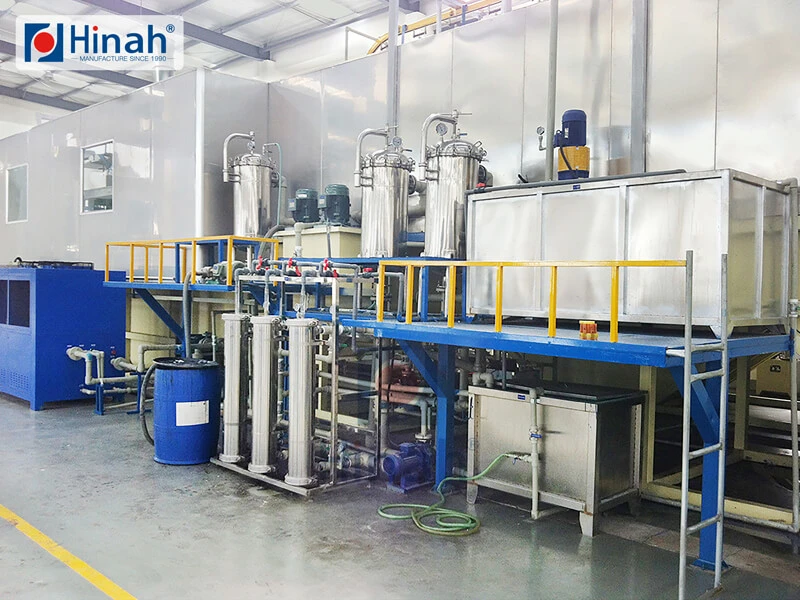
Understanding Your Needs Before You Buy Powder Coating System
Before you even begin to look at specific models or suppliers, it's crucial to conduct a thorough internal assessment. Rushing to buy powder coating system buy powder coating system without proper planning can lead to costly mistakes, underperformance, and buyer's remorse.
Ask yourself and your team these key questions:
Application: What are you coating? (e.g., small automotive parts, large structural steel, heat-sensitive substrates like MDF?)
Production Volume: What is your current and projected daily or weekly output? This determines the required speed and automation level of your system.
Part Size and Variety: What are the dimensions of your largest and smallest parts? Will you need a system that can handle a wide range of sizes and shapes?
Available Space: How much floor space do you have for the entire powder coating line? Remember to account for pre-treatment, curing ovens, and material handling.
Budget: What is your total investment budget? Consider not just the initial purchase price but also installation, utilities (gas, electrical), and ongoing maintenance costs.
Finish Quality: What are the cosmetic and functional requirements for the finished product? (e.g., corrosion resistance, texture, color consistency).
Answering these questions will create a foundational specification sheet, making your conversations with a powder coating line supplier much more productive and focused.
Industrial powder coating equipment is designed for durability, high volume, and consistent performance in demanding environments. Understanding the core components of a complete line is essential.
1. Pre-Treatment Stage: This is arguably the most important step for achieving a high-quality, durable finish. Proper pre-treatment removes oils, dirt, and rust and applies a chemical conversion coating that improves powder adhesion and corrosion resistance. Systems can be spray washers (common for most metals) or immersion tanks. Options range from simple 3-stage (clean, rinse, seal) to more complex 7-stage systems that include iron or zinc phosphating.
2. Application Equipment: The Guns and Booths
Powder Spray Guns: The heart of the application process. You'll choose between Corona charging (most common, versatile for various part shapes) and Tribo charging (excellent for getting into recesses and for faraday cage areas). Manual guns are operated by a person, while automatic guns are mounted on reciprocators or robots for consistent, unmanned application.
Spray Booths: Contain overspray powder for collection and re-use. Options include:
Open Face Booths: For manual spraying.
Downdraft Booths: Pull air and overspray downward, excellent for automated lines and consistent finish quality.
Crossdraft Booths: Pull air horizontally across the part.
Powder Recovery System: This system, typically a cyclone or cartridge filter, collects overspray powder from the booth air stream. Modern cartridge recovery systems are highly efficient, allowing up to 99% of the overspray powder to be reclaimed and mixed with virgin powder for re-use, dramatically improving transfer efficiency and reducing waste.
3. Curing Ovens: The oven uses convection heat to melt and flow the powder into a continuous film, then cure it to its final properties. They can be powered by gas (most common for industrial use) or electricity. Key considerations include:
Oven Type: Batch ovens (for lower volume or large, odd-shaped parts) or conveyorized infrared / convection ovens (for continuous production lines).
Heat Source: Indirect-fired (cleaner heat, better for sensitive parts) or direct-fired (more thermally efficient).
Insulation and Airflow: Proper design is critical for even heat distribution and energy efficiency.
4. Material Handling: This is how parts move through the entire process. The choice depends on part size, weight, and volume.
Overhead Conveyors: The industry standard for high-volume lines. Parts are hung from carriers on an I-beam or power-and-free conveyor.
Monorail Conveyors: A continuous loop, simpler than overhead systems.
Belt Conveyors: Often used for smaller parts placed directly on the belt.
Overhead Chain-On-Edge: For long, heavy items like pipe and tubing.
Manual Racks and Carts: For low-volume, batch-type operations.
Choosing the Right Powder Coating Line Supplier
Your choice of powder coating line supplier is as important as the equipment itself. A good supplier is a partner who ensures your success long after the sale is complete.
What to Look For:
Experience and Reputation: How long have they been in business? Look for case studies and customer testimonials, especially from companies in your industry.
Product Range: Do they offer a comprehensive range of components (pre-treatment, booths, ovens, guns) that can be integrated seamlessly? Can they provide a complete powder coating turnkey system?
Technical Expertise and Support: Can they provide expert advice on system design? Do they have knowledgeable technical support staff for troubleshooting? What is their parts availability and lead time?
Service and Training: Do they offer installation supervision, startup assistance, and comprehensive operator training? What do their maintenance contracts look like?
Financial Stability: You want a partner who will be around in the future to support you.
A reputable supplier will not just sell you equipment; they will work with you to design a system that meets your specific production goals and challenges.
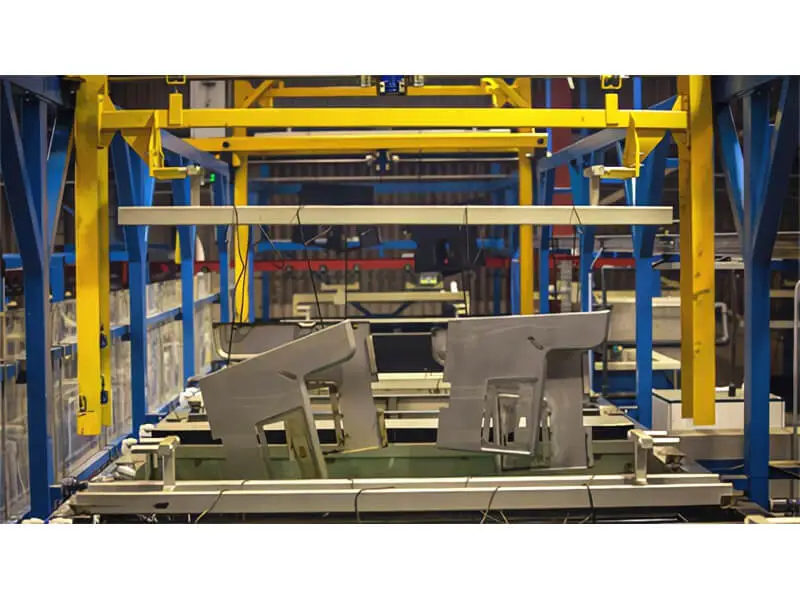
The Advantage of a Powder Coating Turnkey System
For many businesses, especially those new to powder coating or those looking to completely overhaul their process, a powder coating turnkey system is the most efficient and least risky path to success.
A turnkey solution means a single supplier takes complete responsibility for the entire project from concept to production-ready operation. This typically includes:
Consultation and System Design
Manufacturing of all Components
Delivery of Equipment
Full Installation and Integration
System Calibration and Startup
Comprehensive Operator Training
After-Sales Service and Support
The primary benefits are project management simplicity, guaranteed system compatibility, and a single point of accountability. Instead of coordinating between multiple vendors for conveyors, ovens, and washers, you have one partner ensuring everything works together as designed. This integrated approach minimizes downtime, avoids finger-pointing between suppliers if issues arise, and gets your line up and running faster.
Common Questions and Challenges When Buying Powder Coating Equipment
Q: What are the most common mistakes when setting up a new powder coating line?
A: The top mistakes include: underestimating the importance of pre-treatment, poor system layout leading to bottlenecks, choosing an undersized oven or washer, and not accounting for future growth in the initial design.
Q: How energy-efficient is modern powder coating equipment?
A: Modern systems are far more efficient than older models. Look for features like high-efficiency burners in ovens, improved insulation, variable frequency drives (VFDs) on blower motors, and cartridge recovery systems that reduce compressed air consumption. A good supplier can calculate your expected energy usage.
Q: Can I coat different types of parts on the same line?
A: Yes, but it requires careful planning. The line must be designed to handle the largest and heaviest part. Changing colors frequently can also impact production efficiency due to the time required for booth cleanup. Some lines use multiple booths for different colors or types of powder.
Q: What kind of maintenance does a powder coating system require?
A: Regular maintenance is key to longevity and consistent quality. This includes daily booth cleaning, checking and replacing filters in the recovery system, inspecting and cleaning spray guns, checking oven belts and bearings, and ensuring pre-treatment chemical levels are balanced. Your supplier should provide a detailed maintenance schedule.
Q: How do I justify the ROI of a new powder coating system?
A: Focus on the total cost of ownership and the value of improvements. A new system can offer:
Higher Transfer Efficiency: Less powder waste.
Reduced Rework: Higher first-pass yield from better application and consistent curing.
Increased Throughput: Ability to process more parts per hour.
Lower Energy Costs: From more efficient ovens and motors.
Reduced Labor Costs: Through automation and easier operation.
Making Your Final Decision on Powder Coating Equipment for Sale
Finding the right powder coating equipment for sale is a journey that blends technical requirements with strategic business planning. By thoroughly understanding your own needs, educating yourself on the components of industrial powder coating equipment, carefully selecting a knowledgeable powder coating line supplier, and seriously considering the integrated benefits of a powder coating turnkey system, you position your operation for success.
Invest the time upfront to ask the right questions and partner with experts who demonstrate a genuine interest in your goals. The right equipment, properly installed and maintained, will provide years of reliable service, stunning finish quality, and a strong return on your investment.


